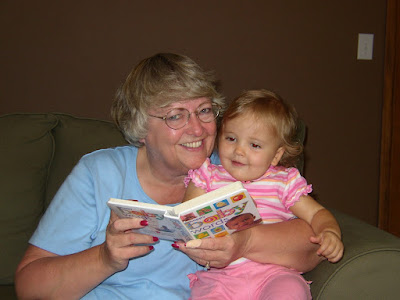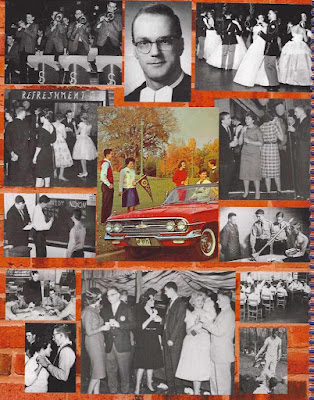One of the joys of my altered lifestyle during the pandemic was rediscovering our local library, especially the magazine section. I found myself on a number of occasions lost in the stacks, perusing, reviewing and discovering new and old magazines. One in particular caught my eye.
As a lifelong resident of the state of Minnesota, I hadn’t given my residency here any real thought other than the fact that I still hate the winters, relish spring and fall and now have readjusted to the warmer than usual summer months. The magazine that caught my eye was ‘Minnesota History’, produced and published by the Minnesota Historical Society.
The magazine provides a fascinating glimpse back at many different aspects of Minnesota History down through the ages. My own historical timeline begins in 1943; a period in Minnesota when the state had just come out of the Great Depression and was now fully immersed in the Second World War.
My parents were products of those historical benchmarks and the agrarian lifestyle that preceded them. The events that took place in my parent’s marriage and afterwards shaped the kind of persons my sister and me ultimately became. It was that historical wallpaper around our lives that caught and held my attention last summer.
I
found articles on the Summit Hill area where I was born. Smith Avenue, where we
lived in a hovel for a short period of time. Then Irving Park, where we lived
in a six-plex apartment building while our mother was building her own house in
Highland Park.
For
eight years my sister and I took a streetcar then a bus into Saint Paul and the
little French school on the hill above downtown. With those daily sojourns, we
saw and felt ‘Old Saint Paul’ going through another one of its average every
half-century of cultural, social, and architectural evolutions.
Old
St. Paul was morphing into a mid-century of population growth, expanding
neighborhoods and suburbs, transportation changes and new attitudes towards
everything from religion to music to means of communication.
By
perusing, scanning, and reading various articles in the magazine, I was able to
learn more about relevant events, incidents and benchmarks that marked my time
in the city. In the sixties, when I had moved physically and mentally out of
town, there were other articles that discussed events in the twin cities or the
state that had impacted my life one way or another.
Now
in my senior years, I live in two different worlds and I’m comfortable in both.
One is a progressive state; adventurous and sometimes a bit outrageous, but
always leaning forward. For half a year I wear my Southern California
flip-flops as comfortably as any other sun seeker.
The
Midwest is more staid and conservative than California in a common sense kind
of way. For me it’s two different life styles and two points of view. Yet
there’s a common thread running between the two with openness for all and
acceptance of different points of view. Both states offer a realistic view of
the world and not a closed-minded myopic wish for what used to be. They don’t
dwell on a world that, in fact, never really existed except in television
sitcoms and wishful thinking. Instead they focus on what could be and not what
once was.
I’m
born and bred Minnesotan with a strong streak of California to taint my mind. I
wouldn’t have it any other way. Both states have become home in more ways than
one. They’re like a cradle upon which my imagination gives birth to creative,
frivolous, silly and sometimes enlightened ideas, concepts and storylines. It’s
the flip side of that routine called your average lifestyle. If ever there were
a balance in my life, it would be called the Minnesota-California connection.
There’s
a quote I love that goes something like this: “At some point in the journey,
you realize it’s time to head back home. It doesn’t matter where you are in the
journey, the Gods begin calling and you must return home.” I think there is
something about that mysterious force called ‘home’ that calls to all of us. I
feel it every spring when the itch to return to my roots begins to claw at my
insides.
Overall,
Minnesota History Magazine helped me paint a picture of my home state, golden
glow and warts included. It’s a state that really defines ‘where I came from.’
Over the years, Minnesota has collected its fair share of great moments and
embarrassing stumbles. But in the end, it is the embodiment of the Midwest and
everything that that cliché entails.
It’s
a nice place to grow up in and a greater place to have come from.




























































